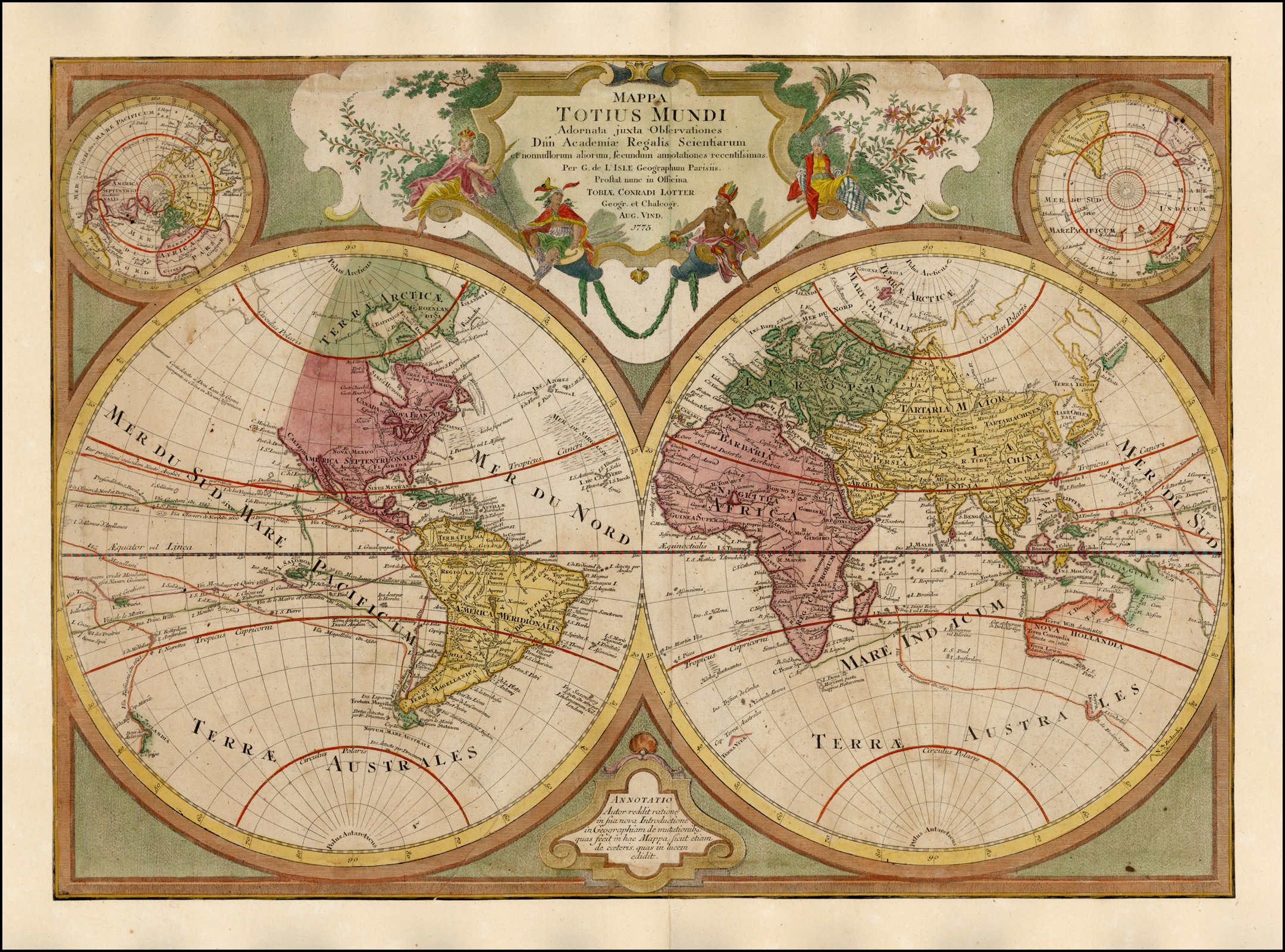
It borders Ireland, Sweden, Finland, Russia, and Germany. However, after the Biome-Event Update, the formable became one of the hardest ones to be formed in Europe, due to Norway now being one of the hardest countries to be invaded with the introduction of Biomes, and the fact that the German Reich being removed, means that a German player could turn their attention to Norway and Denmark first. As a result, many British players were able to form the North Sea Empire by 2021.
North sea empire flag update#
However, on January 14, 2020, both countries were removed from the North Sea Empire requirements because it was historically inaccurate.īefore the Biome-Event Update on December 22, 2020, the North Sea Empire was one of the easier formables to be formed in Europe, due to the countries required, barring Norway, had very little competition or none at all. The North Sea Empire used to require the Netherlands and Belgium. Also, it produces a lot of titanium and iron in Scandinavian Norway, plus, Norwegian mountains are great for defensive action.

Strong navy can be made as the North Sea Empire has a lot of coasts and ports and holds numerous islands. This formable could be probably one of the strongest defensive nations in Europe. It is a formable of 4 different Scandinavian nations and United Kingdom, and as the name suggests, it is located on North Sea.
North sea empire flag skin#
North Sea Empire is one of the 14 formables added in the October 2019 Skin Update. Description of forming North Sea Empire It tells the fascinating story of one man's attempt to wrest an answer from the gods by force and that man is Naram-Sin.The viking tribes will reunite again the North Sea! Like his grandfather, he claimed himself 'king of the four quarters of the universe' but, in a bolder move, began writing his name with a sign designating himself a god on equal footing with any in the Mesopotamian.In spite of his spectacular reign, considered the height of the Akkadian Empire, later generations would associate him with The Curse of Agade, a literary text ascribed to the Third Dynasty of Ur but which could have been written earlier. The Victory Stele of Naram-Sin (presently housed in the Louvre) celebrates the victory of the Akkadian monarch over Satuni, king of the Lullubi (a tribe in the Zagros Mountains) and depicts Naram-Sin ascending the mountain, trampling on the bodies of his enemies, in the image of a god. In the thirty-six years he ruled, he expanded the boundaries of the empire, kept order within, increased trade, and personally campaigned with his army beyond the Persian Gulf and, possibly, even to Egypt. Like his father and uncle before him, Naram-Sin had to suppress rebellions across the empire before he could begin to govern but, once he began, the empire flourished under his reign. Naram-Sin: Greatest of the Akkadian KingsManishtusu was succeeded by his son Naram-Sin (also Naram-Suen) who reigned from 2261-2224 BCE. His death is somewhat of a mystery but, according to some scholars, Leick among them, 'Manishtusu was killed by his courtiers with their cylinder seals' though no definite motive has been offered for the killing( The A-Z of Mesopotamia, 111). It should also be noted that Sargon was not the first ruler to unite the disparate cities and tribes under one rule.


The King of & the Rise of SargonThe language of the city, Akkadian, was already in use before the rise of the Akkadian Empire (notably in the wealthy city of Mari where vast tablets have helped to define events for later historians) and it is possible that Sargon restored Akkad, rather than built it. While the size and scope of the empire based in Akkad is disputed, there is no doubt that Sargon the Great created the first multi-national empire in the world. (or his scribes) claimed that the Akkadian Empire stretched from the Persian Gulf through modern-day Kuwait, Iraq, (possibly Lebanon) through the lower part of to the Sea and (there is also a claim it stretched as far as in the ). According to legend, it was built by the king (who ruled 2334-2279 BCE) who unified Mesopotamia under the rule of his Akkadian Empire and set the standard for future forms of government in Mesopotamia. It is known that Akkad (also given as Agade) was a city located along the western bank of the Euphrates River possibly between the of Sippar and Kish (or, perhaps, between and or, even, elsewhere along the Euphrates). No one knows where the of was located, how it rose to prominence, or how, precisely, it fell yet once it was the seat of the Akkadian which ruled over a vast expanse of the region of ancient.


 0 kommentar(er)
0 kommentar(er)
